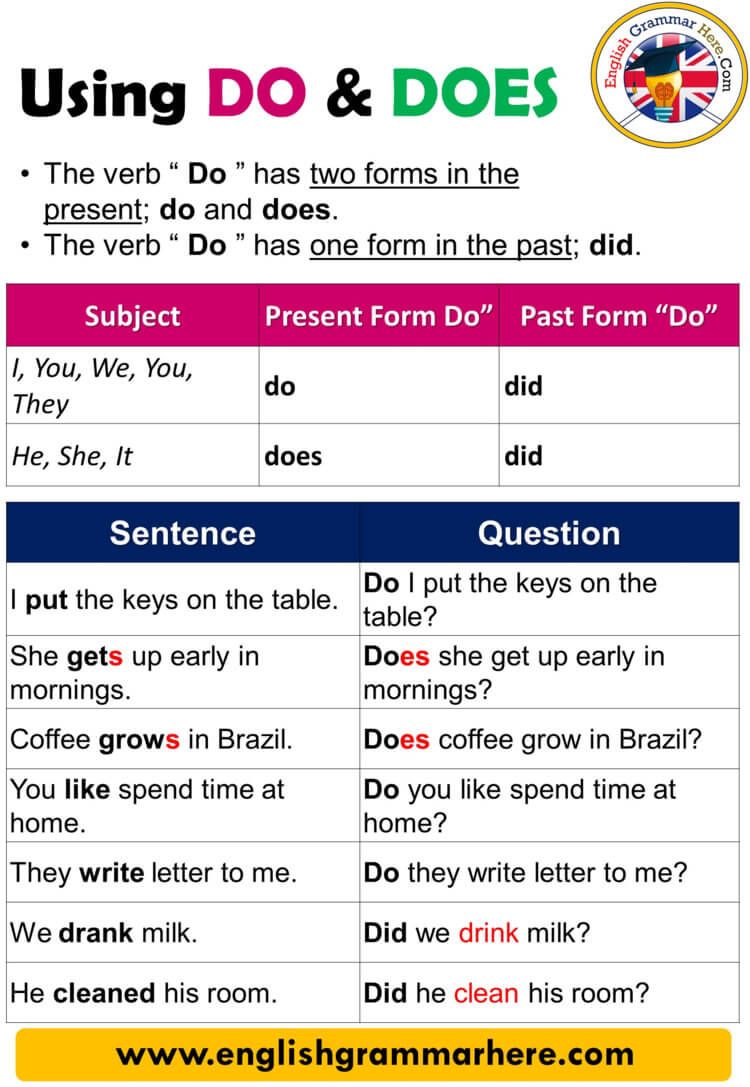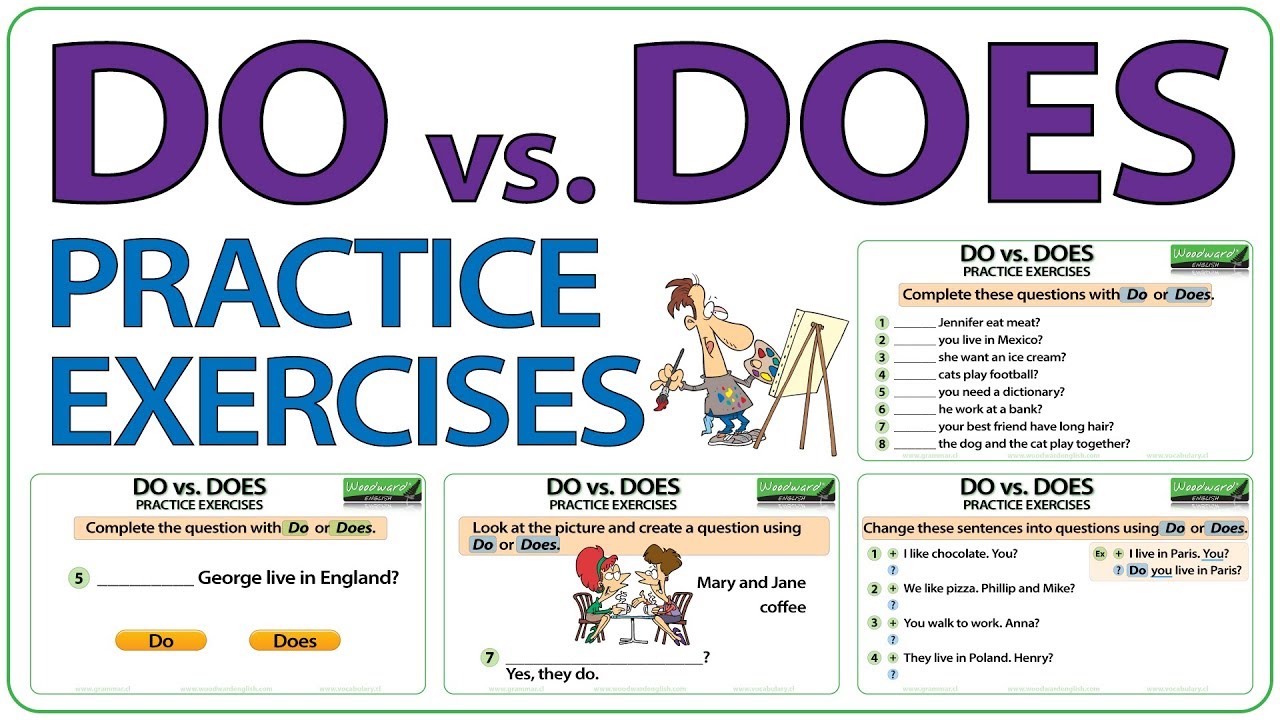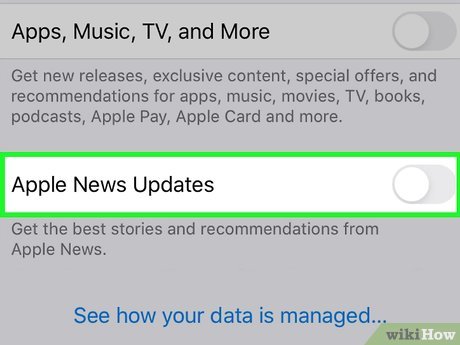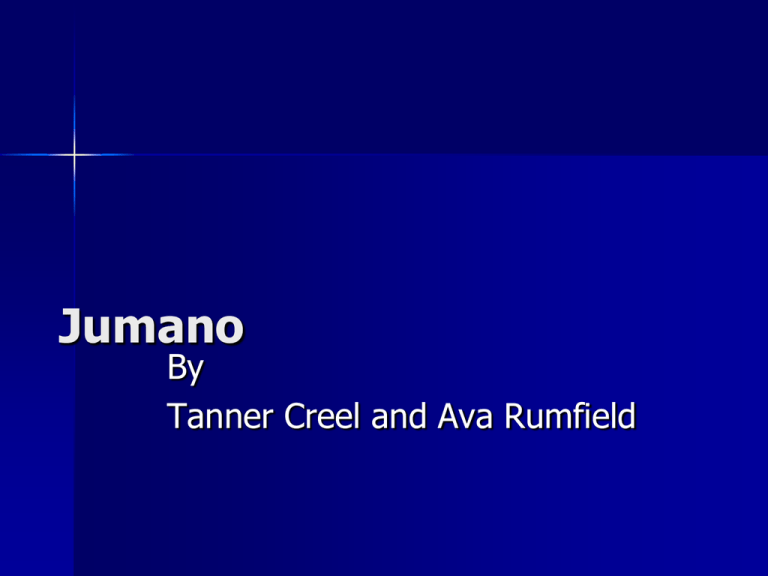Spirit Airlines: A Comprehensive Look at Its Business Journey and Legacy
Introduction: Understanding Spirit Airlines’ Business Timeline
Spirit Airlines is recognized as one of the most prominent ultra-low-cost carriers in North America. To understand how long Spirit Airlines has been in business, it’s crucial to examine its history, major milestones, and the ways it has evolved to serve millions of travelers annually. This article provides an in-depth look at Spirit Airlines’ journey, actionable tips for booking with the airline, and essential information on accessing its services and benefits.
The Origins and Early Years
Spirit Airlines traces its roots back to 1964, when it began as Clippert Trucking Company. The company underwent several name changes, becoming Ground Air Transfer, Inc. in 1974, and Charter One in 1980. Charter One initially operated as a Detroit-based charter tour operator [1] [5] .

Source: pinterest.jp
It wasn’t until May 29, 1992, that the airline rebranded itself as Spirit Airlines and began scheduled passenger flights. This transition positioned Spirit to expand its service offerings and establish itself as a key player among low-cost carriers [3] [2] .
Key Timeline:

Source: vectorstock.com
- 1964: Founded as Clippert Trucking Company
- 1974: Renamed Ground Air Transfer, Inc.
- 1980: Began as Charter One, offering charter flights
- 1992: Became Spirit Airlines with scheduled passenger services
Based on this timeline, Spirit Airlines has operated as an airline for over 40 years (since 1980), and under the Spirit Airlines brand for over 30 years (since 1992) [1] [2] [3] .
Spirit Airlines’ Growth and Market Position
Spirit Airlines has undergone significant transformation since its rebranding. It moved its headquarters to Miramar, Florida, in 1999, aligning with its operational focus in the Fort Lauderdale area. The airline gradually expanded its network, serving destinations across the United States, Caribbean, and Latin America [3] [4] .
By 2023, Spirit was ranked as the seventh largest passenger airline in North America and had become the continent’s largest ultra-low-cost carrier. This growth was driven by:
- Adoption of a strict low-cost business model
- Transition to an all-Airbus fleet starting in 2004
- Expansion into over 80 destinations
- Innovative pricing strategies, including unbundled fares
Spirit’s emphasis on cost efficiency has allowed it to offer some of the lowest base fares in the industry, making air travel accessible to millions who prioritize affordability [1] [4] .
Booking and Accessing Spirit Airlines Services
Travelers interested in booking flights or learning about Spirit Airlines’ offerings can do so through several channels:
- Visit the official Spirit Airlines website by searching for “Spirit Airlines” or directly entering spirit.com into your browser. This is the primary platform for flight search, booking, and managing reservations.
- Use reputable online travel agencies and fare comparison websites to find Spirit Airlines flights. Always verify that you are on a legitimate site before entering personal or payment information.
- Contact Spirit’s customer service for assistance with bookings, changes, or questions. The official website provides phone numbers and chat options.
When booking with Spirit, it is important to understand the airline’s unbundled pricing model . The base fare covers transportation only; additional services such as cabin bags, checked luggage, seat selection, and snacks incur extra fees. Carefully review the breakdown of costs during the booking process to avoid surprises.
Spirit Airlines’ Business Model and Customer Experience
Spirit Airlines operates on an ultra-low-cost carrier (ULCC) model. This strategy aims to minimize operational costs and maximize efficiency, passing savings on to customers. The model is characterized by:
- Basic base fare with all optional services available for purchase
- High-density seating configurations to maximize capacity
- Single aircraft type (Airbus A320 family) for cost savings on maintenance and training
- Streamlined in-flight service
While Spirit’s approach has made it a popular choice for budget-conscious travelers, it may not suit those seeking full-service amenities. Travelers should plan ahead and factor in all potential fees when comparing total trip costs.
For regular Spirit customers, the airline offers a membership program called the Spirit Saver$ Club , which provides exclusive access to discounted fares and deals. For more information or to join, visit the official Spirit Airlines website and look for the Saver$ Club section.
Challenges, Resilience, and Recent Developments
Like many airlines, Spirit has faced industry challenges over the decades. Notably, Spirit filed for Chapter 11 bankruptcy protection in November 2024, a consequence of market pressures and industry disruptions. The airline emerged from bankruptcy in March 2025 after restructuring its finances and operations, continuing to serve its customer base [4] [2] .
Spirit’s resilience demonstrates its adaptability and commitment to providing low-cost travel options. Customers considering booking with Spirit should always review the latest company updates, especially regarding routes, policies, and pricing, as these can change due to industry dynamics.
Practical Steps for Booking with Spirit Airlines
If you want to book a flight or learn more about current deals with Spirit Airlines, consider the following steps:
- Go to the official Spirit Airlines website by typing spirit.com into your browser.
- Use the booking tool to enter your travel dates, destinations, and passenger details. Compare available flight options and review fare breakdowns.
- Carefully select any additional services you may need, such as checked baggage, carry-on bags, or seat selection. Remember, these services are not included in the base fare.
- Complete your booking following the on-screen instructions and save your confirmation details.
- For questions or support, use the customer service contact information provided on the website. Spirit offers both phone and online chat support for booking assistance.
For travelers who prefer booking via phone or need special accommodations, Spirit’s customer service team can provide guidance. The official website lists the most up-to-date contact numbers and support options.
If you need to compare fares or find deals, you can also use established travel aggregators. However, always ensure that you finalize your purchase on a verified, secure platform.
Alternative Approaches for Affordable Air Travel
Spirit Airlines is not the only low-cost carrier in the market. Travelers seeking affordable flights should also consider comparing offers from other budget airlines such as Frontier, Allegiant, and Southwest. Each airline has its own pricing model and additional fees, so it is important to:
- Review fare structures and included amenities
- Factor in baggage, seat selection, and change fees
- Read customer reviews and recent performance data
This approach can help you find the best combination of price, convenience, and service for your specific travel needs.
Key Takeaways and Final Guidance
Spirit Airlines has a business history spanning more than 40 years, with over 30 years operating under its current name. Its commitment to ultra-low-cost travel has transformed the way Americans fly, making it a go-to choice for budget-conscious travelers. To make the most of your Spirit Airlines experience:
- Book directly through the official website for the most accurate information and lowest fares.
- Understand the airline’s unbundled model and factor in all potential fees.
- Consider joining the Saver$ Club for additional savings if you travel frequently.
- Stay informed about company updates, especially regarding routes and policies post-bankruptcy restructuring.
For further support, visit Spirit Airlines’ official website or consult reputable travel resources to ensure an informed, hassle-free booking experience.
References
- [1] Wichita State University (2024). Spirit Airlines – Airline Quality Rating.
- [2] Simple English Wikipedia (2024). Spirit Airlines History.
- [3] Business Insider (2022). Spirit Airlines’ History From Trucking Company to Merger.
- [4] Wikipedia (2025). Spirit Airlines.
- [5] Statista (2025). Spirit Airlines – statistics & facts.
MORE FROM oncecoupon.com













